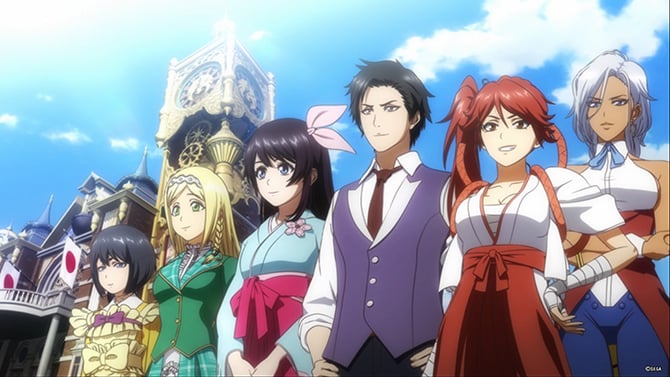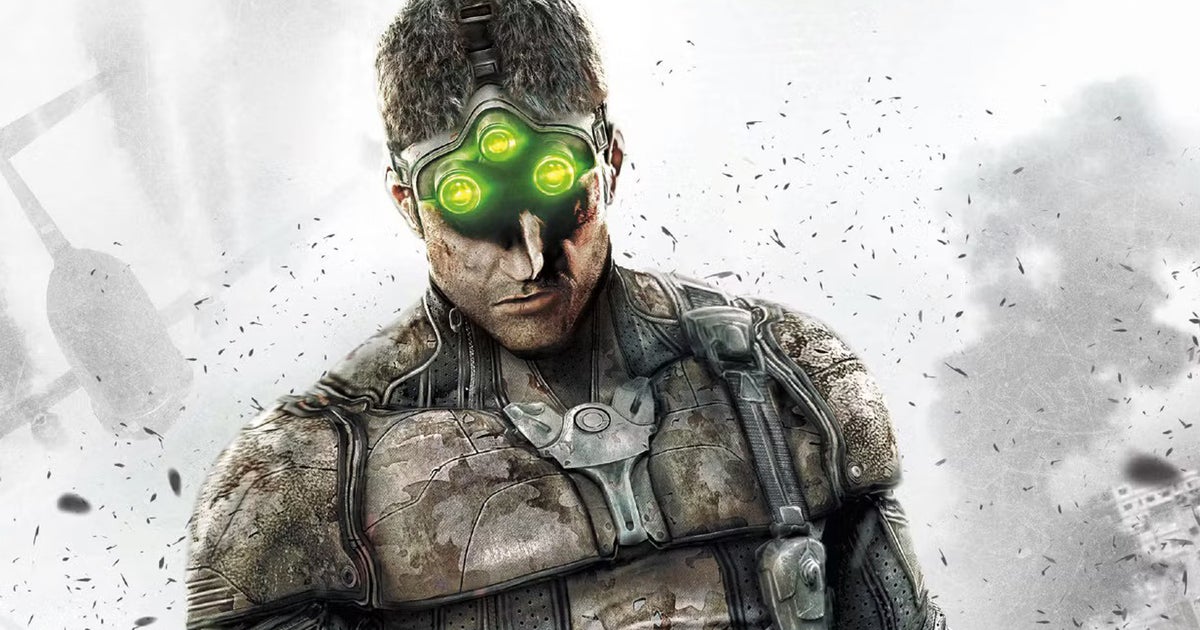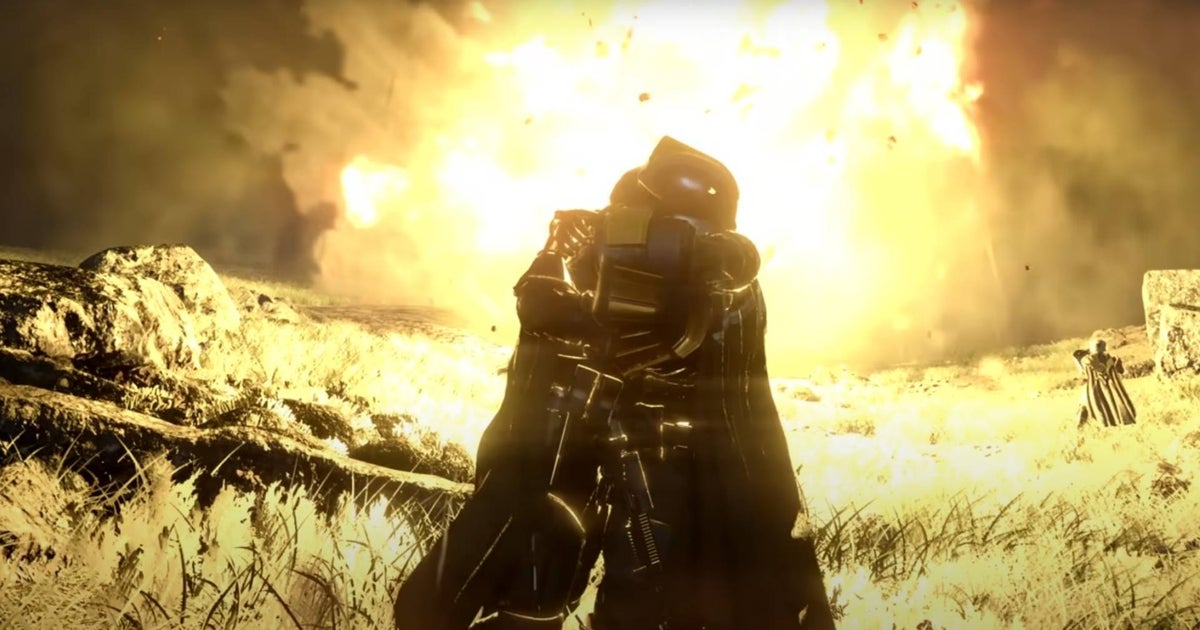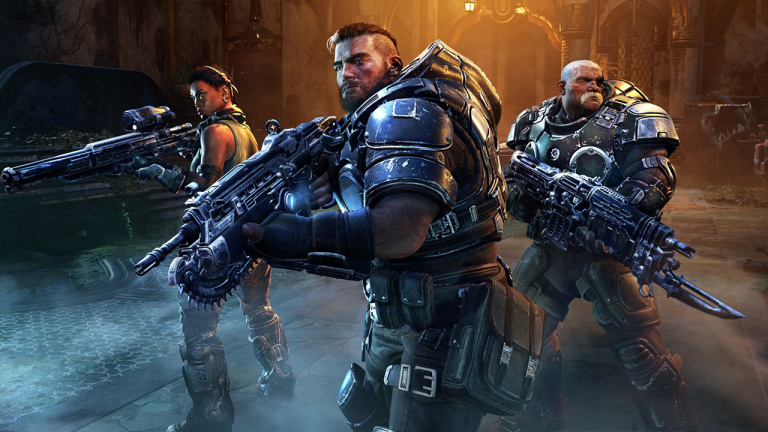Relatively unknown in the West, the Sakura Wars series enjoys a certain popularity in its country of origin (where it is known under the name of Sakura Taisen). This popularity is so important that his return was the most claimed by Japanese fans of SEGA. When SEGA announced during a SEGA Fes that a new Sakura Wars was in development and that, unlike most episodes of the series, it was going to be released in the West, the logical reaction was to expect this let the Japanese publisher put the package for this return of the Flower Brigade on the front of the stage. All these elements, combined with the new ambitions of SEGA, mean that Sakura wars surprises. And not necessarily in the right sense of the word.
Sakura wars began in the 1940s, during the 29th year of a fictional and steampunk version of the Taish era (which took place from 1912 to 1926 in reality). The player embodies Seijuro Kamiyama, a young captain who has just been assigned to the Imperial Theater where members of the Flower Brigade act out during the day and defend Tokyo at night. Ten years after the Battle of Tokyo, relative calm seems to reign in the Japanese capital. The finances of the Imperial Theater are at their lowest, the shows are no longer a recipe and the combat robots of the troop, the Kbu, are completely obsolete. The missions of this good Seijuro will therefore be multiple. On the one hand, he will have to put the Imperial Theater back in the green, help protect Japan from monster attacks and restore the Flower Brigade to a leading force. While granting the states of mind of the members of his troop. The tasks will be difficult and they will be.
in the manner of a classic series, each episode focuses on one of the herons of the Flower Brigade in order to develop his personal scenic arc, while advancing the main story in the background. The narrative structure of Sakura wars is also one of the strong points of the game. The cutting is successful, the story gradually gains in intensity and we appreciate to develop the different sub-plots (our description of the story remains deliberately vague so as not to spoil the surprise of the discover those who will try the game). The skilful use of animated cinematic scenes also contributes to giving the impression of following a series. To further accentuate this sensation, each in-game episode ends as an anime episode, with a trailer for the following episode. And the effect is successful. It should also be emphasized that the basis of the plot is the work of Jiro Ishii, the author and director of the excellent visual novel 428: Shibuya Scramble. We simply regret the impossibility, quite incredible in 2020, of not being able to save its progress at any time. It is indeed necessary to wait for an interlude to save.

"-Captain, I am madly in love with you!
Sakura wars as the new continuation of a series which does not date from yesterday, it is logical to be afraid to pass next to a part of the intrigue when one is a novice player. Good news for newcomers, the game is a soft reboot. even if references are made to characters from other episodes of the license, the intrigue of Sakura wars
A cross of the game campaign during which the player will have taken the time to speak frequently with all the characters will require about twenty hours. The most motivated players who wish to stay longer immersed in the world of the game have various means at their disposal to prolong the experience. A mini game of Koi Koi, a traditional Japanese card game (which is played with hanafuda) that fans of Yakuza games know well, is introduced at the start of the adventure and then accessible at any time (even without launching the campaign). main). Then, the game gives the possibility of collecting portraits of the protagonists of the game and the precedents Sakura Taisen whose totality cannot be obtained in only one part. The title also makes it possible to remake leisure the action sequences of the game. These are added objectives which allow to increase the level of confidence of the comrades. Finally, the main quest has several endings (linked to a specific choice made for a moment in the adventure) and a New Game +. Players seduced by Sakura, Azami, Claris and company will therefore have enough to spend long hours in their company. But for your servant, once was enough.

– Huh? What did you just say?
Originally, the Sakura Taisen were hybrids of cruising games and Tactical RPGs. In Sakura wars, the dredging part is well preserved while the RPG part has been replaced by Action. If this choice was certainly made to attract a large audience, difficult to say that this choice was the right one from the point of view of the interest of the gameplay. Indeed, the action phases, in addition to being rare, are not particularly interesting or exciting. When the few demons that make up the limited bestiary of the game attack, the members of the Flower Brigade get into their Kbu robots and attack the forces of evil.
During the combat passages (be it small "raids" which break briefly once per episode the exploration phases / dialogues, or combat sequences which conclude the episodes), the game goes into Beat mode 'em All simplistic in which two buttons are used 90% of the time to make basic and few enchantments. Unfortunately for fans of more advanced gameplay, the SEGA game does not unlock new abilities and / or combat techniques. What you do at the start of the adventure, you will always do at the end. Another regrettable detail, there is not really a progression curve in Sakura wars, the game is very simple from start to finish. And it is all the more unfortunate that there are some nice details and that the universe of the game allowed to go much further. note, however, that each member of the Flower Brigade has their own skills during combat. Claris can for example attack from a distance, Hatsuho is powerful in body and body with his huge hammer and Anastasia can hover after a jump thanks to her umbrella. But as it is generally not possible to embody any hero in any mission, we must think of using their abilities when each of them is put forward.

-Nothing, I was just thinking out loud. "
Fans of the beautiful game can seek out perfect dodges. A dodge performs at the right time slowed down the time for a few seconds and allows to counter-attack. And we must admit that succeeding in a perfect counter is satisfactory. Other joyful elements: the special attacks. When a character fills his special attack gauge, he has the option of sending a destructive attack that takes a lot of damage (very useful against bosses) and is preceded by a small, rather classy intro. Even more classy: duo attacks.
When on mission, Seijuro is always accompanied by at least one of the members of the Flower Brigade. The player can switch from one character to the other leisure during the confrontations. And when he fights well, by doing a lot of damage and by suffering little, he increases the confidence between him and his teammates (the relations he maintains with his comrades in the Adventure phases also influence the morale of the troops at the start of fight). Once a certain level of confidence is reached, he can launch, once per fight, a duo attack preceded by a very Russian animated cinematic scene which illustrates the relationship between the two protagonists. Overall, the playability of Sakura wars is accessible and the game has some good ideas. The problem is that too wanting to play the opening to nophytes, the game loses depth and does not provide a feeling of accomplishment to the player.
Before these action-oriented passages are the adventure phases. And they are the ones who will occupy most of the player's time. During the latter, Seijuro can explore the different rooms of the Imperial Theater and interact with some of its visitors but especially with its staff. In other words, his teammates, colleagues and his superior. By speaking about the latter, the captain will learn to know them and in certain cases be given brief missions, sometimes limited in time, which will allow him to improve his relations with the latter. Seijuro will also be able to sympathize with a handful of other NPCs located in the four corners of Tokyo as well as with rival brigades. These other characters will also be able to entrust small, not particularly exciting quests (such as retaining orders from customers of a restaurant for example) but which serve to improve relationships with them.

Terrace House Steampunk Edition
Sakura wars is a very talkative game. The relational playing a major role in the course of the adventure, Seijuro will discuss a lot with the various important characters of the intrigue. Via the LIPS system, the hero has a few seconds to select the responses he makes to the protagonists who speak to him. And who says multiple choice says different types of answers. Depending on the answers given, the player will improve or harm the relationships he has with such and such a character. As often in games that offer multiple choice dialogs, the responses that follow the choice of the player are not always consistent. But if this gives rise to a few enchanting phrases, it is clearly not a handicap for understanding conversations and situations. In some cases, the player can also select the intensity with which he will speak. In order to motivate his troops for example. But it is not always appropriate to shout out his answer and this also influences the reports maintained. note this comment that a poor choice of intensity can give rise to situations that will bring a smile to the player. Another detail to emphasize, if the heart tells you, and you are in the right place at the right time, you can also try to rinse your eye at different times. your risks and prils …
When a certain level of confidence is reached with a particular hero, a "confidence event" becomes accessible (this type of event may be missed). This type of sequence corresponds to a scene during which Seijuro finds himself at the head with one of the members of the Flower Brigade, a moment when it has a little bit of slack. By reviewing its environment or certain parts of its body, the captain can try to raise the morale of subordinate, ogle it or try to dredge it. These sequences seem endless and not particularly interesting. Especially since they invariably end up on the same situation. Seijuro thinks he's going to conclude, and everything also leads us to believe that this is the case. But in fact not. If fans of this type of setting and atmosphere will certainly not see anything wrong, and may say that this is what they expect from such an experience, the whole is extremely caricatured and a little kitsch. From a narrative point of view, these cruising phases are clearly the least interesting of the game.

Retro atmosphere, but not only
The achievement of Sakura wars can be heard from two different angles. The first is that of technical realization. And there, it almost seems that the development team wanted to offer a return to the past that is not limited to the time in which the adventure takes place. Without exaggeration, the title of SEGA gives the impression of leaving a generation too late. The modeling of characters and environments is fairly basic and the animations are clearly dated. Seijuro, when he runs in the adventure phases, is painful to see. The few raids that sometimes interrupt the monotony of the adventure phases take place systematically in the same decorated setting. And in terms of the main action phases, they take place in repetitive settings that are a bit painful to see at the end of the PS4 generation. Always on the side of the concerns of realization, the camera sometimes hangs against elements of the decor during the fights. And some drops in framerate can be noticed in the most chaotic phases of combat, including on PS4 Pro. From the point of view of sound production, it is possible to regret that the entirety of the dialogues is not double even if a large part is.
The second angle is that of artistic achievement. And there, the observation is much more logical (apart from the action phases aside). As for the characters, they are the work of Tite Kubo, the author of the famous manga Bleach. If some may regret the exaggerated features of certain characters, the protagonists are generally successful and their Kbu look great. But what mainly marks with regard to the artistic realization of Sakura wars, this is the steampunk version of Tokyo in the 1940s. Unfortunately, these environments are at least small in terms of surface area. But what is possible to see is very pleasing to the eye. It would have been nice to have been able to visit these essential places more. On the side of the sound part of the game, the work is on the whole of quality. The Japanese dubbers do an excellent job and the music perfectly matches the atmosphere of the game. These music, the main theme of which is the work of Kohei Tanaka, historical composer of the series who also worked on the music of the anime One Piece or on video games like Gravity Rush. But as with many other elements of the game, we regret that SEGA did not go further. Because if the music is pleasant, they are relatively few and end up appearing repetitive. In general, one can only be surprised by the lack of ambition of this title presented as the great (r) introduction of Sakura wars to the public. The license has potential, but overall it is not realized here.
Table of Contents








